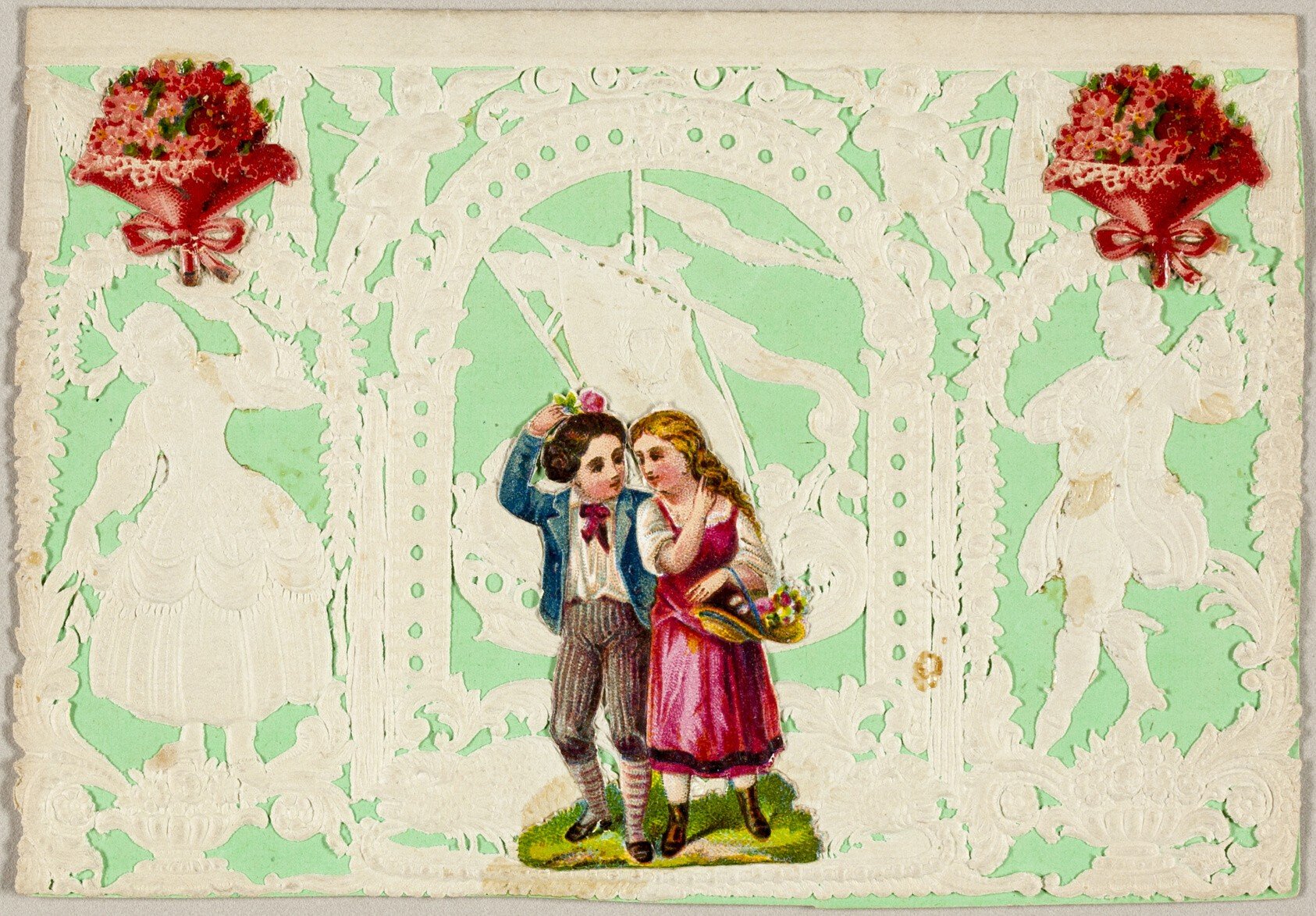Valentine's Day: A Journey Through Love's Ancient Origin
Penned from the Library of MRs. X
As winter's icy grip begins to loosen its frigid hold, we find ourselves approaching one of the most romantic of holidays, marked by the first whispers of spring in the air.
Beneath the manufactured surface of our modern-day version, full of heart-shaped candies and elaborate rose bouquets, lies a rich tapestry of history, spirituality, and time-honored traditions that span across cultures and time.
The Celestial Court of Love
Across the world’s great civilizations, love, lust and sensuality have been celebrated and personified through divine beings, each offering unique insights into the nature of affection, desire and union.
Western Traditions
Venus and Aphrodite presided over passion and beauty in Roman and Greek traditions
Juno, sovereign of marriage and childbirth, blessed unions and family bonds
Freya, the Norse goddess, wove magic and love together in the northern traditions
Xochiquetzal, the Aztec deity of beauty and romance, blessed passionate unions
Cupid, the divine archer, whose arrows sparked the fires of desire in mortal hearts
Asian Traditions
Tu'er Shen, the Chinese Rabbit God of Love, watched over same-sex relationships
Benzaiten, the Japanese goddess of everything that flows, including love and affection
Parvati, the divine mother from India who exemplifies devoted partnership
Yue Lao, the "old man under the moon", hailing from China, who ties red threads of destiny between future lovers
Rati, the Hindu goddess of passionate love and carnal desire, consort to Kama
African Traditions
Oshun, the Yoruban goddess of fresh waters, love, and sweet pleasures
Hathor, famed Egyptian goddess of love, beauty, music, and motherhood
Minona, the West African goddess who blessed new marriages
Aida Wedo, from Vodou, who alongside her husband Damballa represents the sacred union of divine forces
The Spiritual Essence and Sacred Traditions
In the realm of spiritual understanding, Valentine's Day arrives at a moment of profound cosmic significance. As the sun journeys through Aquarius, we find ourselves in a unique celestial window where intellectual pursuit meets matters of the heart. This timing is no mere coincidence; it creates a sacred bridge between mind and spirit, offering us the rare opportunity to approach love with both wisdom and passion.
During this auspicious time, the heart chakra opens to love's infinite possibilities, inviting both healing and connection. From China's tale of the Weaver Girl and Cowherd meeting across a bridge of stars, to Egypt's eternal love story of Isis and Osiris, cultures worldwide have honored love's sacred power. European courts held Valentine drawings where fate guided hearts together, while in sacred groves, our ancestors danced beneath ancient trees, crafting sachets of roses and lavender for matters of the heart.
Among these traditions, one particularly touching custom gave rise to the phrase "wearing one's heart upon one's sleeve" – the practice of keeping a beloved's name close to one's heart, written on parchment and worn like a talisman. Through these practices across time and culture, our ancestors revealed love's truth: not merely an emotion, but a sacred force worthy of celebration, where physical and spiritual realms dance as one.
The Sacred Fires of Lupercalia
In ancient Rome, as February's mid-month approached, the city would transform for Lupercalia, an elaborate three-day festival dedicated to purification, health, fertility, and the divine forces of love. This celebration, honoring Faunus, the Roman god of agriculture, alongside the legendary duo Romulus and Remus, marked a sacred time when the veils between mortal love and divine blessing grew thin.
The Luperci priests, guardians of these ancient rites, performed elaborate, often sexually charged ceremonies that spoke to the raw, primal nature of fertility and renewal. Their rituals, though perhaps startling to modern sensibilities, reflected a deep understanding of the cyclical nature of life, love, and the eternal dance between human desire and divine blessing.
Saint Valentine: Love's Martyred Guardian
While historically, there were at least three different Saint Valentines that were martyred for their practices, the one that we will focus on is Valentine of Rome.
In third-century Rome, Christianity was flourishing despite intense persecution from many emperors. During this tumultuous period, Emperor Claudius II’s reign was marked by constant warfare and military campaigns. Clearly more of a fighter than a lover, Emperor Claudius II issued an edict that forbade marriage for young men who were eligible to serve as soldiers.
Amid the Roman persecution of Christians, our courageous priest Valentine defied imperial edicts, secretly performing marriage ceremonies for young lovers, facilitating pastoral care to said persecuted Christians, and using darkness and secure locations to help unite couples. These actions eventually drew the attention of the Roman authorities, leading to his subsequent imprisonment and eventual death sentence.
According to history books, Valentine was executed on February 14, around the year 270 CE. Before his martyrdom, he penned what would become the first valentine—a touching farewell to his jailor's daughter, who had become his friend during his imprisonment, signed simply "Your Valentine."
In 496 CE, Pope Gelasius I transformed the pagan Lupercalia, officially declaring February 14th as Saint Valentine's Day.
Many years later during Medieval Europe, the ethos behind Saint Valentine’s Day grew to great heights, elevating romance to an art form through poetry, art, and refined gestures, inspiring Geoffrey Chaucer’s “Parliament of Fowls,” a poem centering around a conference of birds choosing their mates on St. Valentine’s Day.
Embracing Love's Eternal Dance
While the Industrial Revolution brought mass-produced valentines in the 19th century, the essence of love's celebration remains unchanged. Whether expressed through candlelit dinners or heartfelt letters, today's celebrations echo ancient longings for connection and affection.
So, whether you find yourself seeking love’s first spark, celebrating established bonds of adoration, nurturing self-love and personal growth, or simply honoring love’s presence in all its forms, you’re participating in traditions that have moved human hearts for thousands of years, linking past to present in an unbroken chain of hope, devotion, and celebration.





